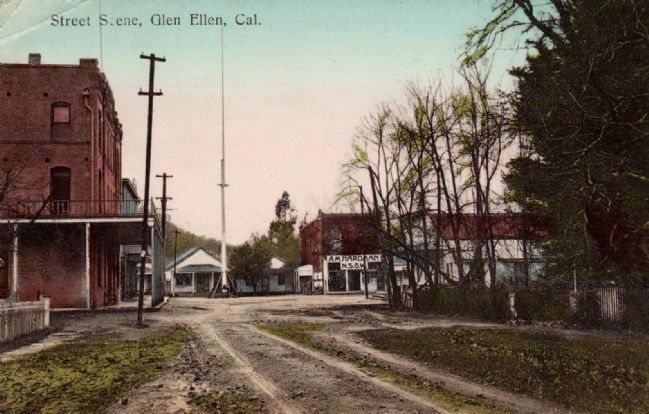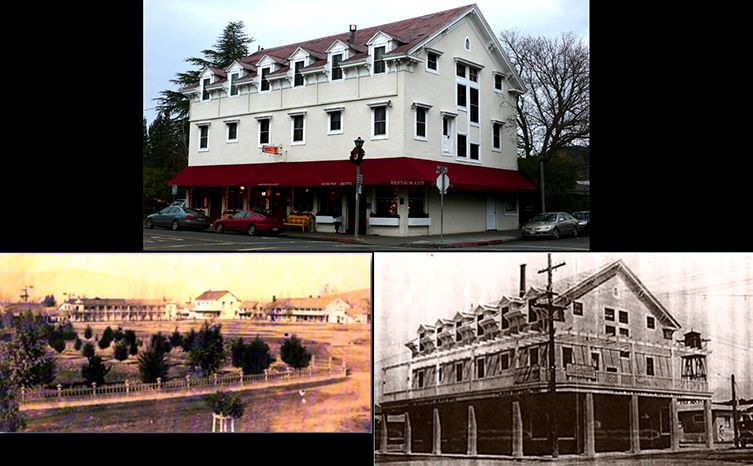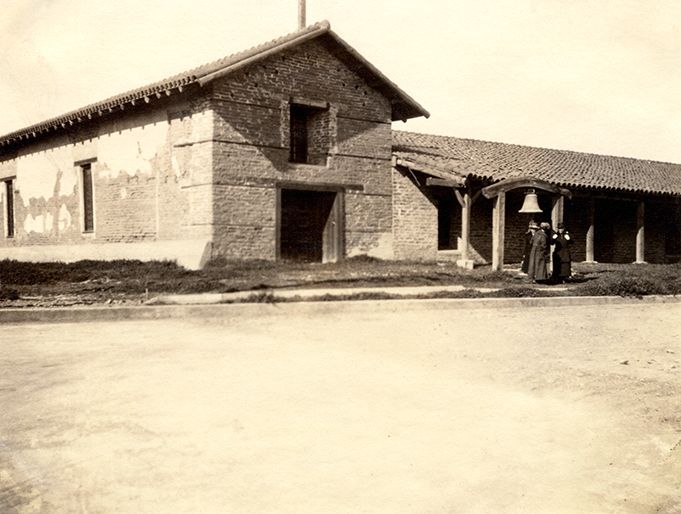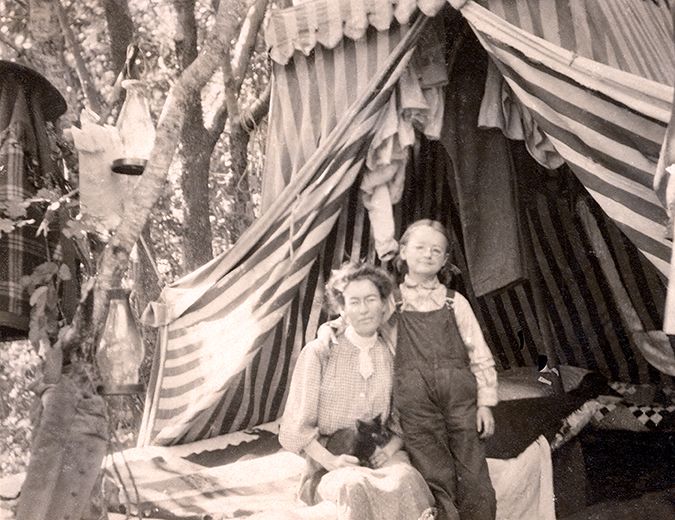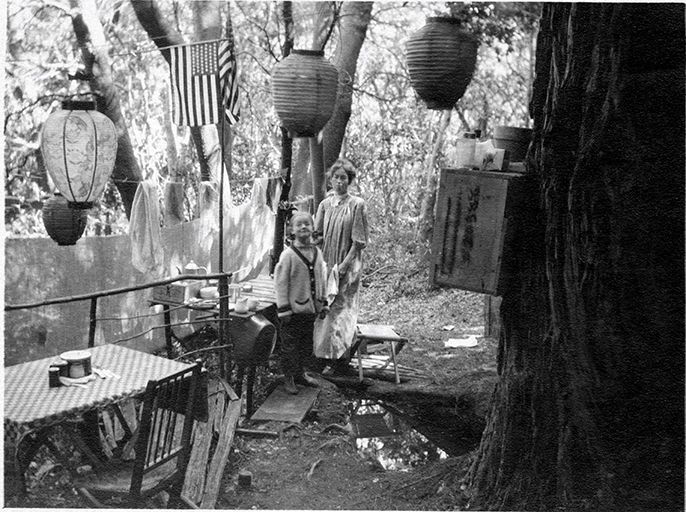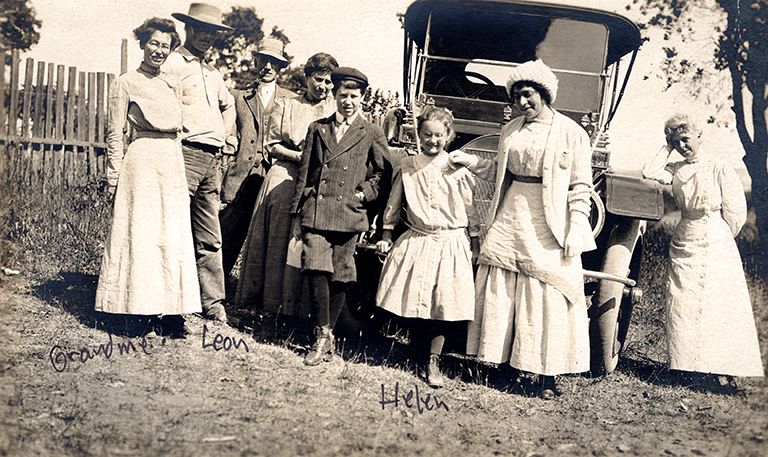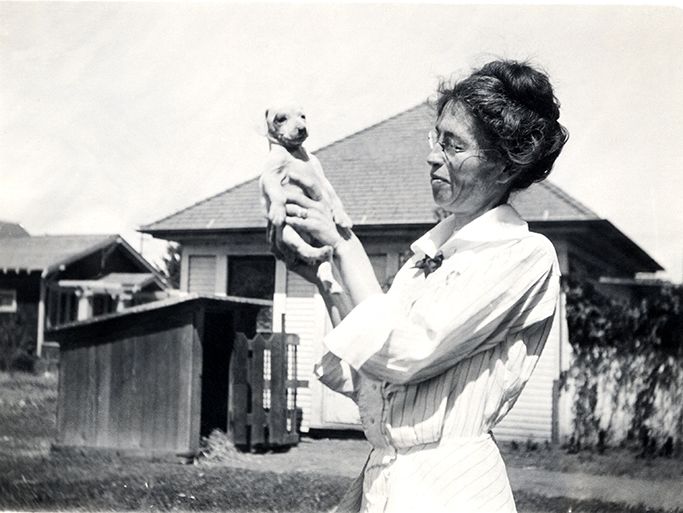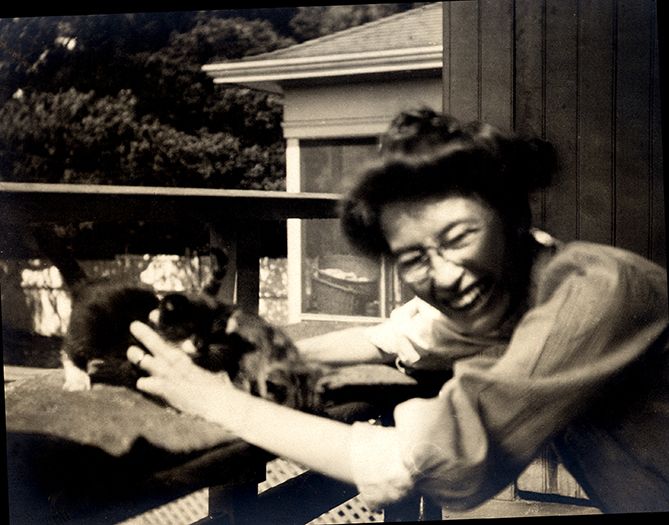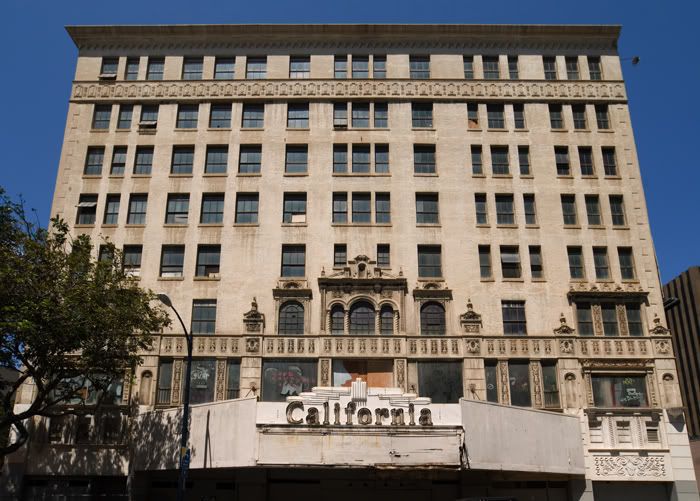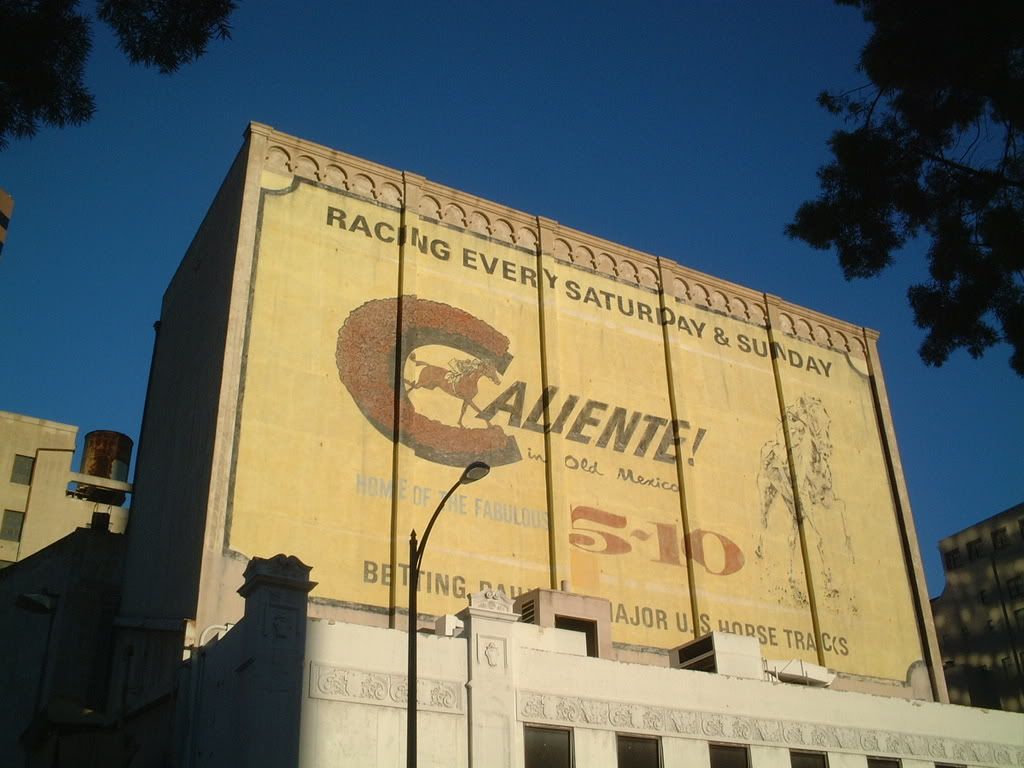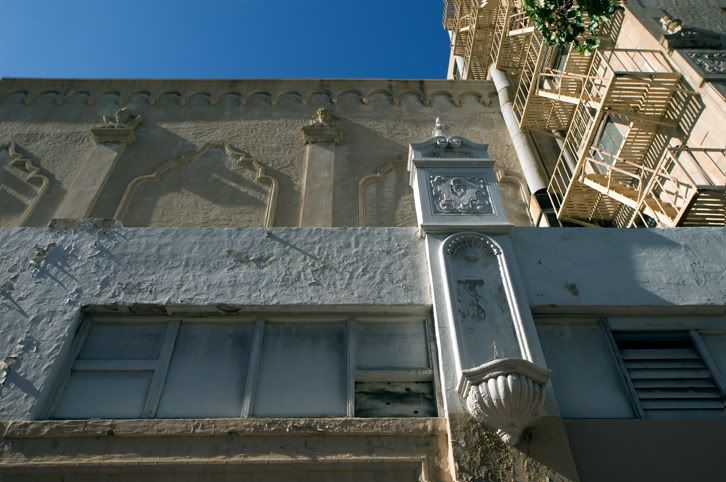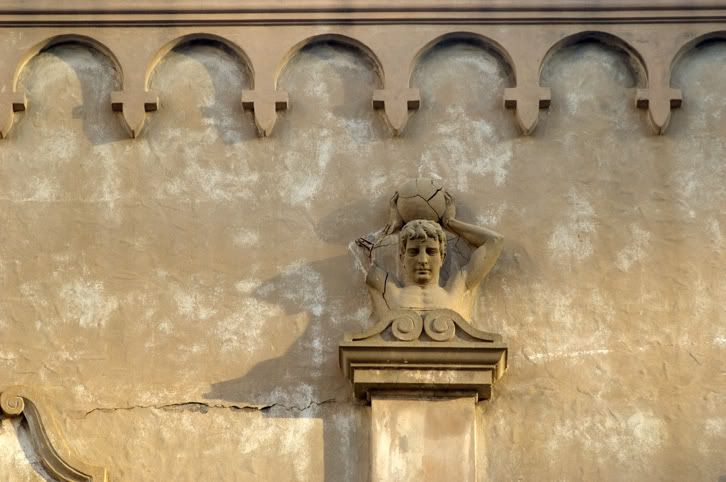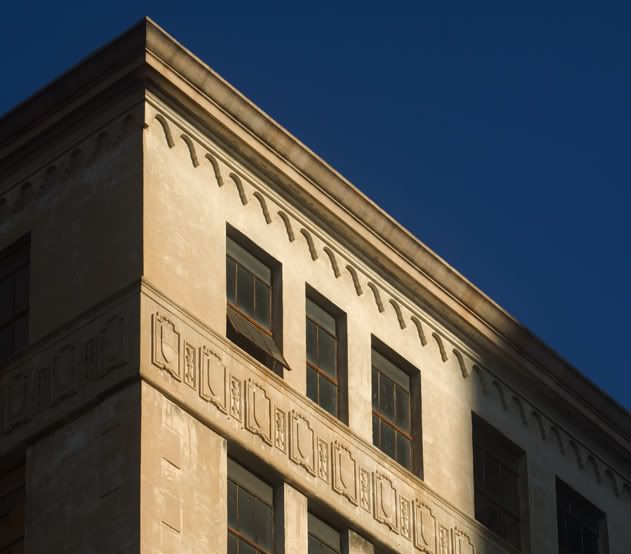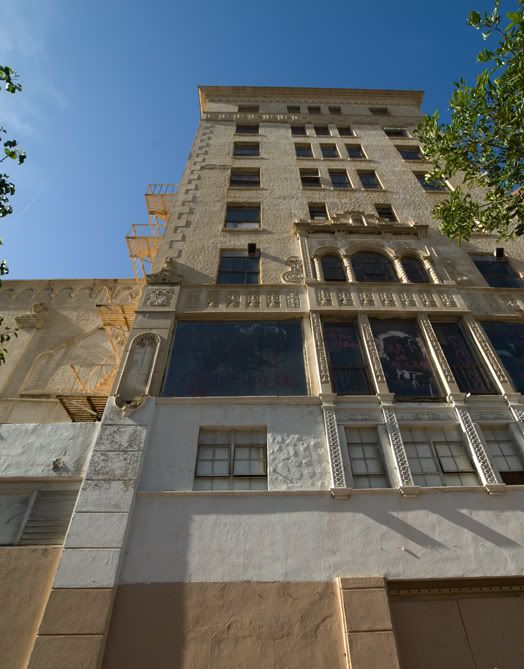 Architecture
Architecture
A Vision for The California Theatre
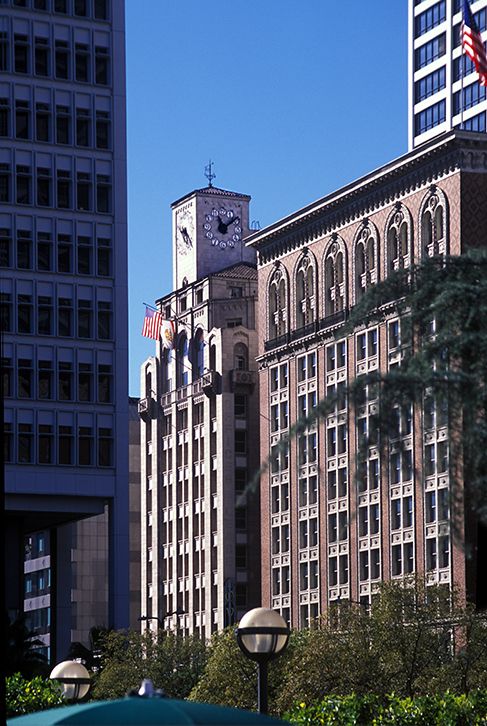
The great historic theaters and office buildings in downtown Los Angeles are being revitalized. Old L.A. is becoming the new L.A. It is because the city has turned away from its course of neglect and demolition of its historic downtown structures. Instead it has chosen to put redevelopment funds into adaptive reuse–with special emphasis on residential lofts and affordable housing.
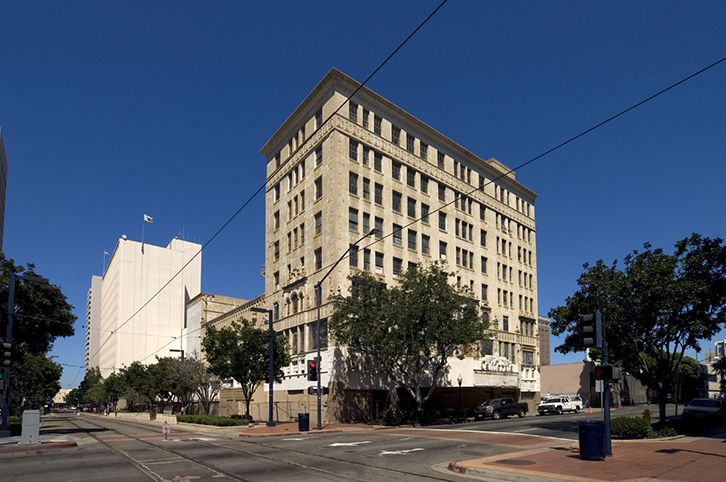
What has been accomplished with a number of Los Angeles movie palaces can be accomplished here in San Diego with our beleaguered California Theatre.
The nine story tower would make excellent office, retail, and living lofts–including affordable housing. New construction adjacent to the theatre could dramatically expand all of those potential uses.
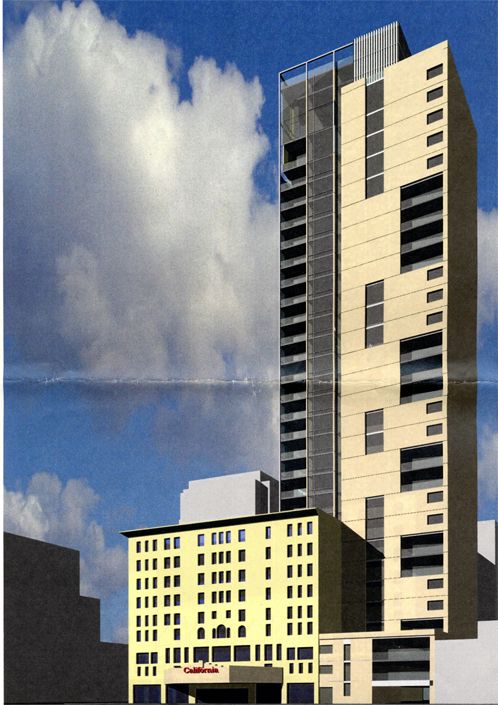
As recently as 2003 there were proposals such as this hotel project that would have saved the theatre and redeveloped downtown at the same time. For anyone having trouble visualizing how the historic building could be incorporated with such a project, this is a great illustration.
Making this the new City Hall I believe would be an excellent choice. Having the theater itself as Council chambers would set it apart from any other city hall in North America. Perhaps the world.
One great part about this idea is that it would require a minimal amount of demolition–saving our landfill space. The lot next to the California Theatre is already vacant. Let’s think Green.
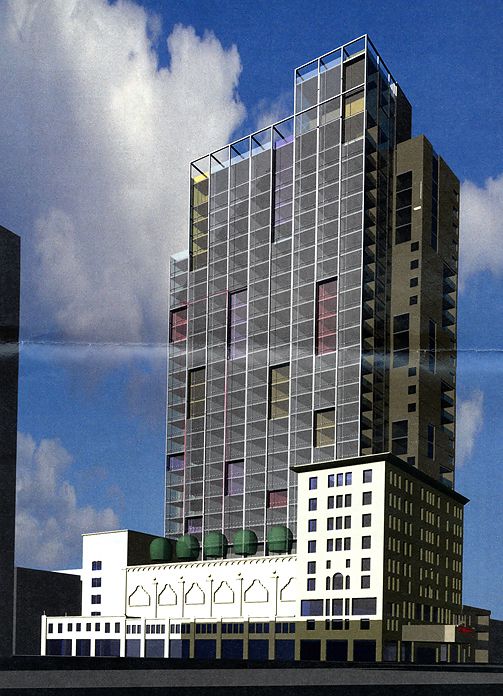
Another possible project could include a variety of uses. But especially keeping the lower portion for movie theatre purposes. Keep the main auditorium, but have the new portion as modern multi plex cinemas. It could be the home of an annual San Diego Film Festival. In fact it could be a festival center for a lot of events. A San Diego Jazz festival. Have a festival for each of a variety of musical forms. Folk, Mariachi, Big Band, Punk, etc, etc. etc…
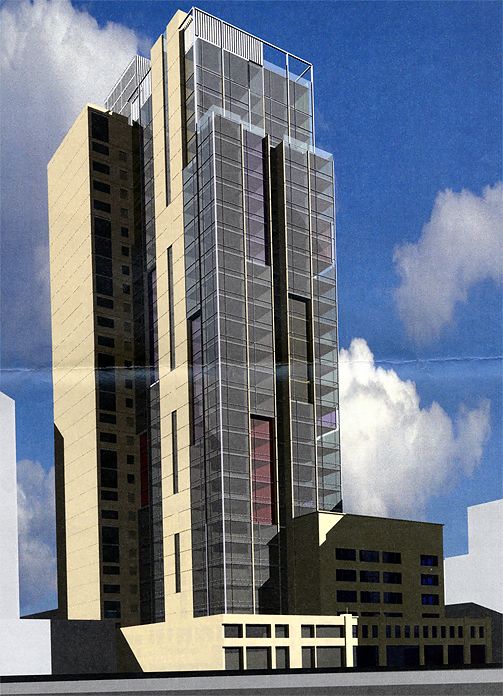
And if your passion is affordable housing, why not let this site be a showcase for your vision? Set an example for the entire country. That several important goals of the community can be met in one project. Preserving historic architecture and providing affordable housing along with other needed uses.
